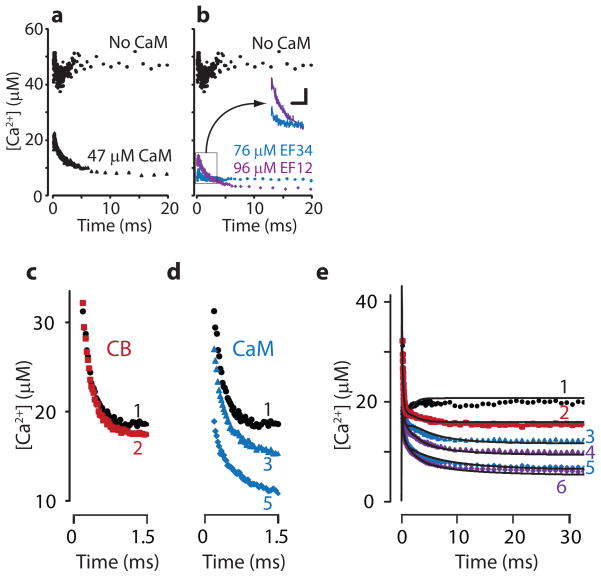Figure 1. Ca2+ buffering by CaM and the different roles of CaM and CB.
a&b) Step in [Ca2+]free as a flash uncages Ca2+ bound to DMn (~4.5% of 3.6 mM DMn is uncaged, baseline [Ca2+]free=~500nM (dashed line)10). a) When CaM is present, the released Ca2+ is buffered in at least two phases. Initially, a large part is buffered very rapidly, as indicated by the low [Ca2+]peak. This is followed by a slower decay phase. b) With a CaM mutant in which only the N-lobe binds Ca2+ (CaMEF34), only a fast component is apparent. With a CaM mutant in which only the C-lobe binds Ca2+ (CaMEF12), even a higher concentration produces less initial buffering, but the slow component is evident. Inset shows initial CaM trace at 2× larger scale. c,d, & e) Ca2+ transients produced by uncaging 6–7% of 3.6 mM DMn (baseline~300 nM [Ca2+]free). c) When CB (red, trace 2) is added, initial Ca2+ dynamics are unchanged compared to control (black, trace 1). d) Addition of CaM increases the fast buffering (adding to the initial rapid reduction caused by DMn alone) (blue, trace 3=13 μM, trace 5=26 μM). e) With CaM present, addition of CB increases the slow reduction (purple, trace 4=34 μM CB+13 μM CaM, trace 6=34 μM CB+26 μM CaM). All data in the mixtures could be closely fit with a mathematical model (solid black lines) using the kinetics of CaM and CB.

